A Typical Homestead
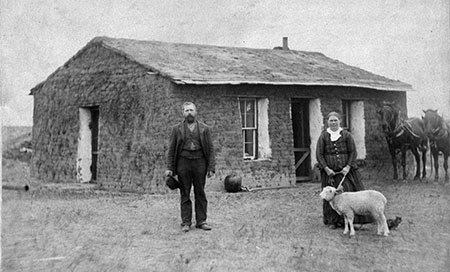
Building a Shelter
To get title to the land, the homesteader had to construct at a minimum a 12-x-14 home and had to live on the land for 5 years.
The challenge for a homesteader would be to build a home with little or no money and little in the way of building materials, making use of whatever was available nearby.
The choice of homesteading structure varied by region. The decision about what type of shelter to build was often dictated by how close it was to the approaching winter. A dugout shelter could be constructed quickly to get through the winter and to allow more time to prepare the land for planting.
A Dugout
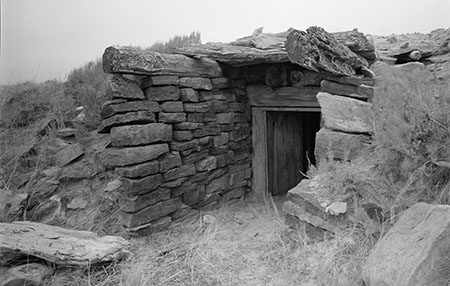
One of the simplest solutions was to dig a hole into the side of a hill. The interior walls would be shored up with stones and logs and brush was used for a roof. Whatever lumber could be found was used to build the entrance.
Tarpaper Shack
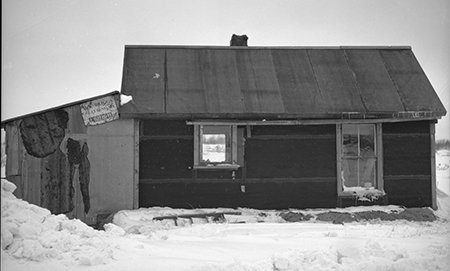
If the homesteader was able to purchase or otherwise obtain scrap lumber from the rail yards, they built crude frame structures and put tarpaper on the exterior to protect it from the elements.
Sod House
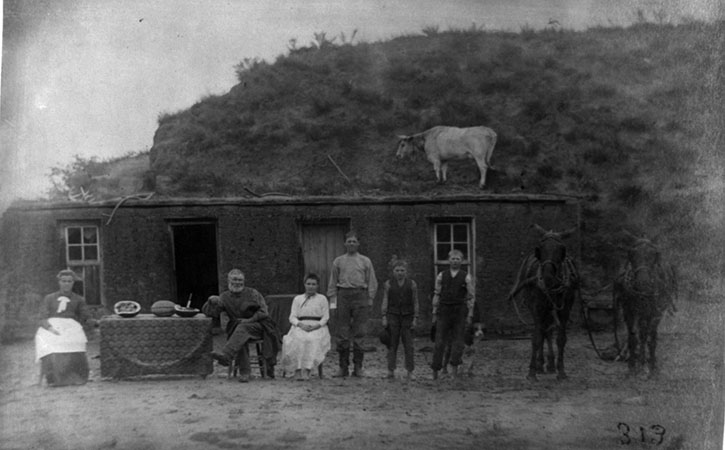
Sod houses were often constructed on the prairie. Homesteaders would dig out blocks of sod and stack them up like bricks to build a structure. Typically logs were used to support an earthen roof.
Log House

In areas where trees were readily available, logs were used to construct walls. Logs were shaped and notched so they locked together and gaps between logs were filled with a mud mixture. Smaller logs were used to form the roof.
Stone Slab Construction
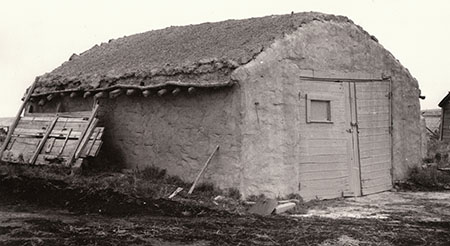
The Hutmacher Homestead is a rare surviving example of an entire farmstead built using stone slab construction. Walls were constructed of stones held in place with a clay mortar. Exterior walls were finished with a mixture of straw and clay. The roof was made of tree trunks and brush, topped with a clay mixture.
A Typical Homestead

